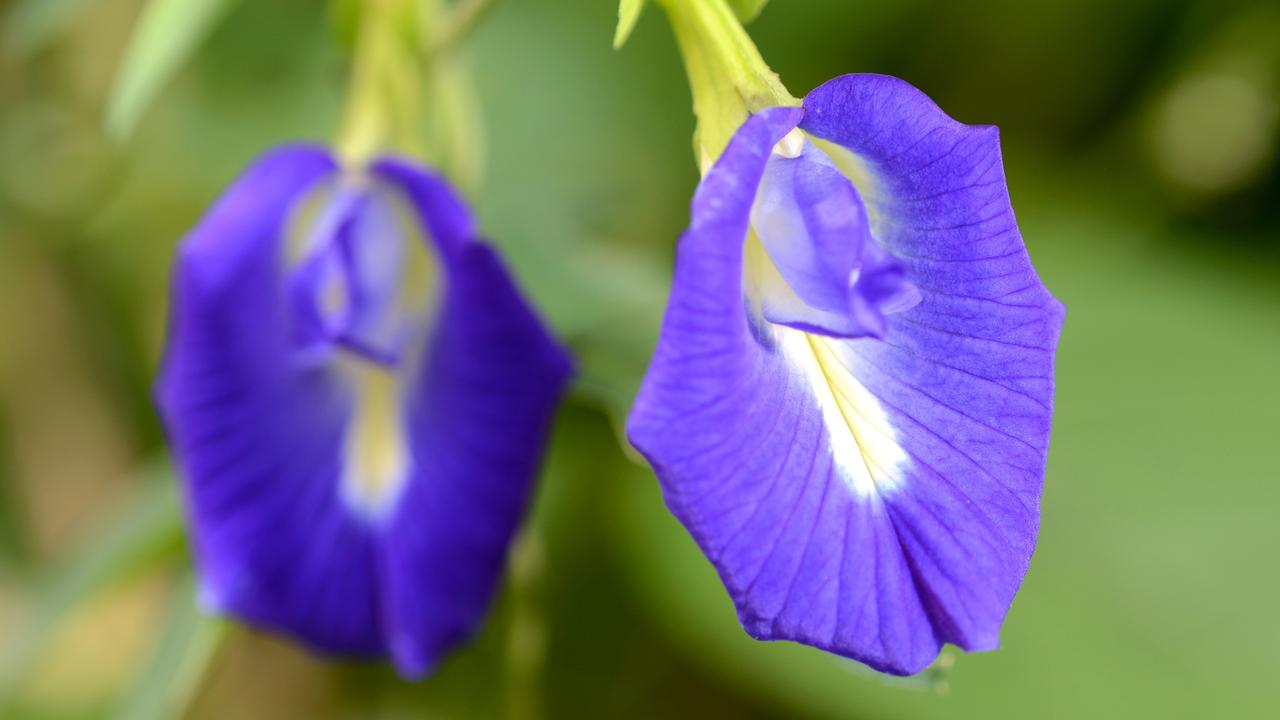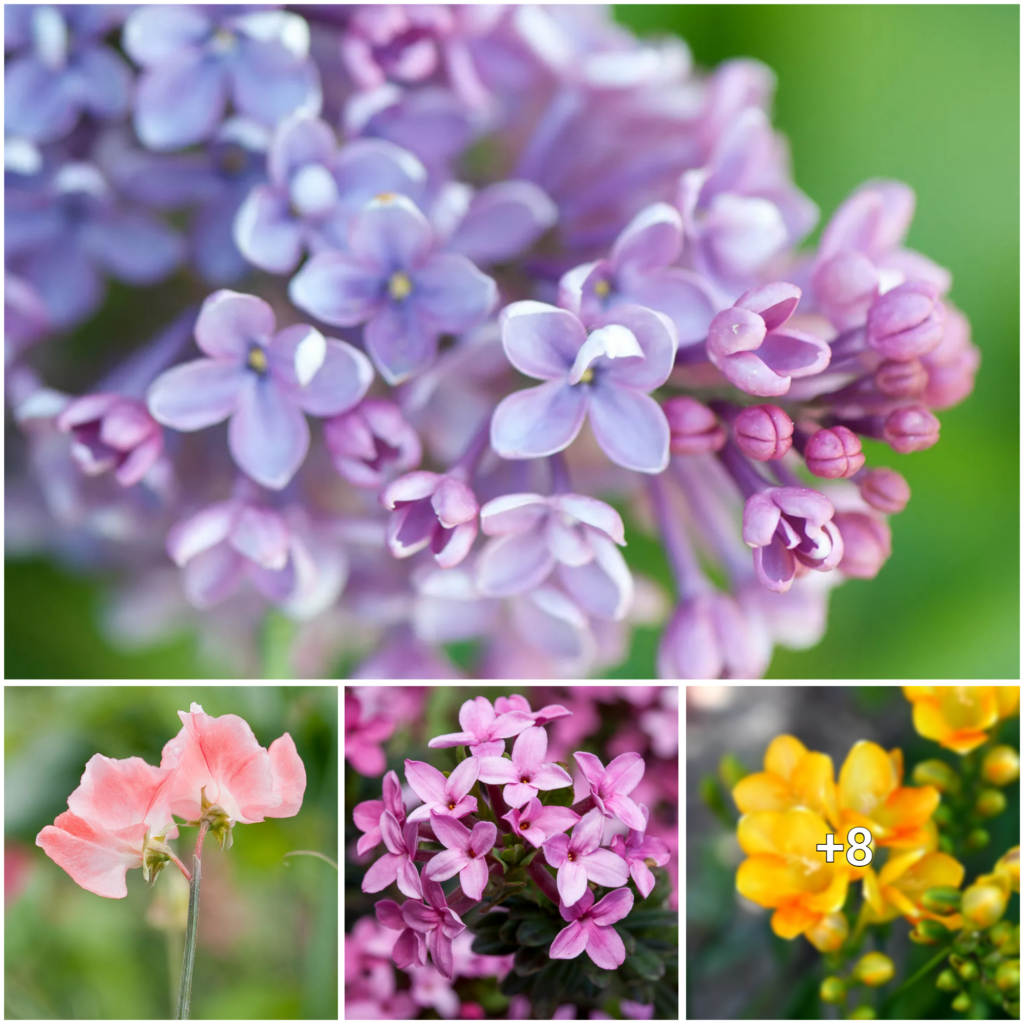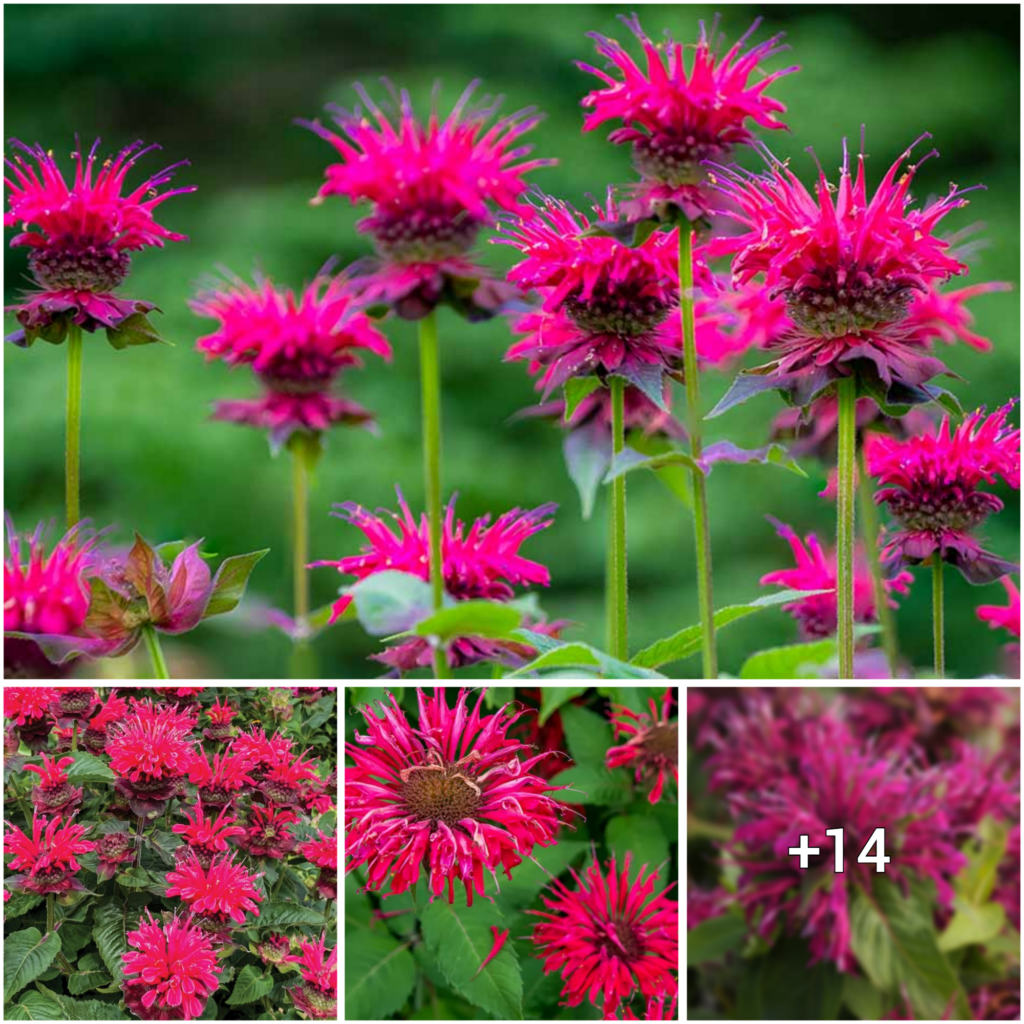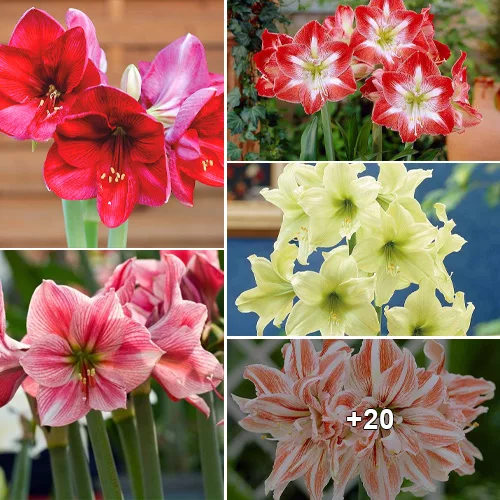:max_bytes(150000):strip_icc():format(webp)/GettyImages-1387730418-b3b5f2e07cd94fcc9277eb455df63cf2.jpg)
The Clitoria ternatea, commonly known as the butterfly pea plant, is a climbing vine that flowers in the summer. Its flowers are known for producing natural dyes and come in vivid blue, purple, and white colors. The plant also produces edible flat pods with six to ten peas when harvested young. While it can grow up to ten feet in length, its twining habit keeps it tidy at three feet tall. Originally from Indonesia, it grows in USDA zones 9 to 11 but is cultivated as an annual or biennial in colder areas. The blue flowers are edible and used as a natural food coloring in Asian cuisine, especially in Butterfly Pea Tea. The plant is also grown as an ornamental and reclamation plant that helps fix nitrogen in soil.

Did you know that flowers are mostly valued for their color rather than flavor? It’s a fun fact to ponder on, especially when you learn about the butterfly pea plant. This tropical herbaceous perennial, also known as Asian Pigeon Wings or Blue Pea, produces flowers that turn liquids blue when added to water. Interestingly, when combined with citrus beverages, the flowers turn purple! The botanical name for this plant is Clitoria ternatea, and it belongs to the Fabiaceae family. Butterfly pea plants can grow up to 10 feet as vines or up to 3 feet as individual plants, and they thrive in full sun with moist, well-drained soil that has a pH level between 6.0 to 8.0. They bloom in the summer and are hardy in zones 9 to 11. Although native to Indonesia, you can still plant butterfly pea in your own garden and enjoy the stunning blue and purple hues it adds to your drinks.
The butterfly pea is a robust plant that thrives in warm, sunny conditions. It can easily be grown from seeds or purchased plants from specialty growers. If starting from seeds, it is recommended to begin indoors 8-10 weeks before the final frost in your growing zone. Alternatively, seeds can be directly sown in the garden in early spring for zones 9 and higher. When planting purchased plants or seedlings, wait until the average air and soil temperature reaches 60 degrees F. When selecting a planting site, choose an area that receives 6-10 hours of direct sunlight daily and ensure the soil is well-draining.
When planting butterfly pea seeds, sow them about one inch deep and three to four inches apart. For seedlings, space them six to ten inches apart and at the same level as they were in their original pot. When growing butterfly pea plants in pots, use a container that is six inches deep and 12-14 inches in diameter. Sow the seeds one inch deep and two inches apart, thinning to one or two per container once they reach six inches tall. Provide a support structure, such as a trellis or fence, for the plant to grow on.
To care for butterfly pea plants, it is vital to ensure they receive plenty of bright, direct sunlight for 6-10 hours daily. The plant is tolerant of soil type but grows best in fertile, slightly sandy, and well-draining soils with a pH balance of 6.0 to 8.0. Seedlings require one inch of water per week, while established plants are drought-tolerant and only need supplemental irrigation during hot, dry conditions. It is best to avoid wetting the leaves to prevent fungal infections like powdery mildew.
Butterfly pea plants prefer tropical conditions, with temperatures between 70-100 degrees F and moist air. The plant is hardy only in U.S. zones 9 through 11 and cannot survive frost. As such, it is grown as an annual or potted plant where the average temperature falls below 60 degrees F. Indoor plants benefit from frequent misting to raise the humidity level. Add well-aged manure, compost, or balanced NPK fertilizer at planting. For perennial plants, apply NPK liquid fertilizer with higher phosphorus and potassium content twice annually after pruning to boost bloom.
Butterfly pea plants are perfect plants, meaning they have both male and female parts and are self-pollinating. However, the flowers require assistance from bees to complete pollination and fertilization for the plant to produce peas. Potted plants grown indoors year-round will not produce fruit unless hand-pollinated.

The Butterfly Pea, also known as Clitoria mariana, is a rare wildflower that can be found in the southern parts of the United States. It grows horizontally along the ground and has a beautiful violet-blue to lavender color with purple centers, unlike Clitoria ternatea which has yellow centers. Although both plants are edible, Clitoria mariana is commonly used as a forage plant and is not widely consumed.
Butterfly pea plants are grown mainly for their flowers, which bloom for only a day or two. The flowers can be harvested fresh, wilted, or dried, with the freshest flowers providing the richest color in food and beverages. Wilted flowers should be fully dried before use, while dried flowers are best combined with hot water for maximum color extraction.
If you’re interested in growing Butterfly Pea, it can easily be grown in pots with proper care. To harvest the peas, remove the flowers so that the pods can grow. Pods should be harvested before the peas become too large, which can make them tough and flavorless. To harvest seeds, wait until the pods have dried and turned brown.
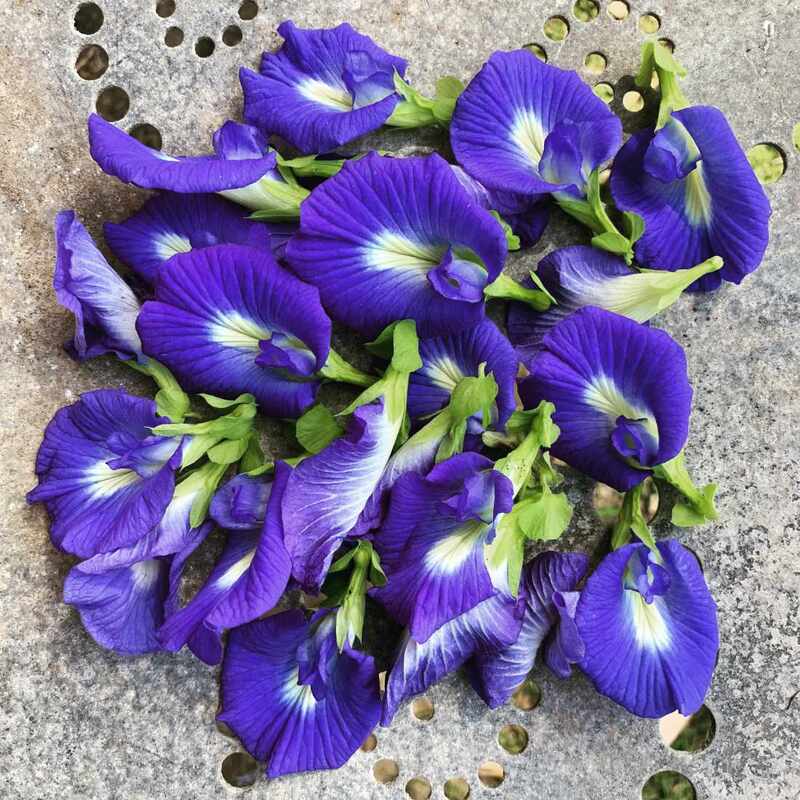
Growing butterfly pea plants in containers is easy with the right soil and support. You can start seeds in flats in early spring or sow them directly into individual pots that are at least 6 inches deep and 12 inches in diameter. These plants are heat and drought-tolerant, making them ideal for outdoor summer growth and indoor overwintering. Fill your container with potting soil, adding compost to make up 1/4 of the mix to provide nutrition for young plants. Plant the seedling in the center of the pot, add a trellis or stake, and water thoroughly. Place the pot in a location that receives at least 6 hours of bright sunlight daily. Once the plant is established, allow the surface of the soil to dry before watering. Prune regularly by cutting back the tips of vines to avoid a thin and leggy appearance.
If you live north of zone 9, you need to save seeds and start new plants every two years to ensure a steady supply of flowers. Butterfly pea plants grow easily from cuttings taken from mature plants. Choose a section 3 to 5 inches long with a bud at the top, remove lower leaves, and place the cutting in a glass of water or dip the bottom in rooting hormone and plant in potting soil. Placed in water or soil, cutting produces roots in two to three weeks, followed quickly by flowers that open as early as three weeks once the plant is established. Germination of butterfly pea seeds is not reliable, so choose mature, aged seeds that are hard and dark brown. Soak the seeds in water for 24 hours, plant them 1 inch deep in a light potting mix made up of 25 percent compost, and keep them moist. Repot your butterfly pea plants annually to replenish soil nutrients and increase size. Overwinter potted plants indoors in a location that receives at least 6 hours of direct sunlight daily and keep the soil surface dry between waterings. These plants are not vulnerable to many diseases or pests, but spider mites and aphids can be knocked down with a strong spray of water, and overwatering can lead to bacterial soft rot, mold, and mildew.

